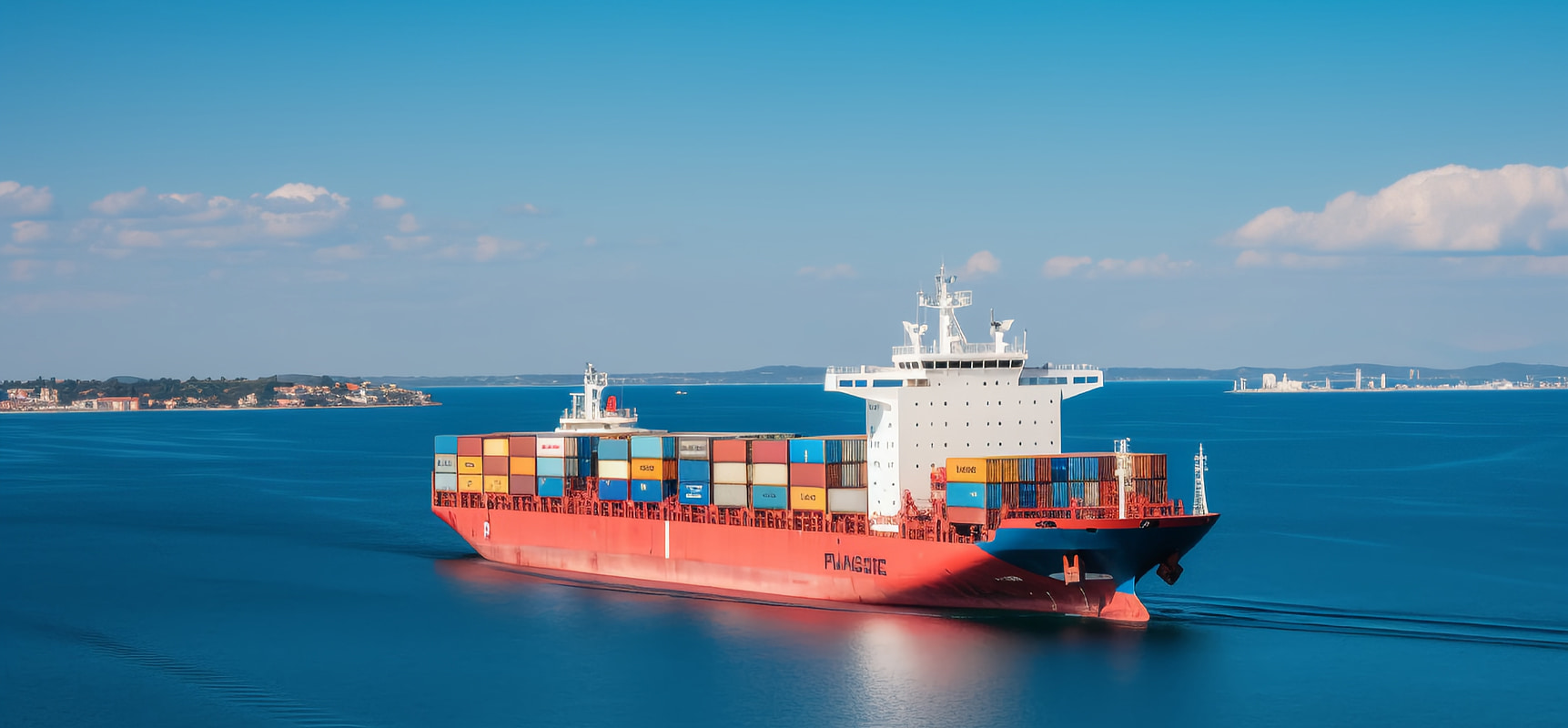Red Sea attacks increase shipping costs, solar supply may be affected
Feb 20, 2024
The Red Sea incident has led to increased shipping times and freight rates, which may have an impact on renewable energy and solar products shipped to Europe and the United States.
According to data released by the U.S. Energy Information Administration (EIA) on February 1, many ships transporting oil and natural gas have chosen longer routes between the East and the West in order to avoid the Red Sea, thereby greatly increasing navigation time.
For example, as shown in the chart below, the route from Rotterdam to the Middle East via the Suez Canal (and then the Red Sea) takes approximately 19 days. Another route via the Cape of Good Hope at the southern tip of Africa takes 34 days.
Additionally, the EIA said that in recent months, cargo entering and exiting the United States has been forced eastward through the Red Sea instead of westward through the Panama Canal as drought and subsequent water conservation in the Panama Canal restricted shipping.
These longer routes drive up fuel costs and freight rates. The EIA noted that at average prices in 2023, the daily fuel consumption of a very large natural gas carrier would be between $3,000 and $35,000.
Yemen's Houthi rebels have been attacking ships in the Red Sea since November. The group initially said it was targeting ships with links to Israel in response to Israel's conflict with Hamas in Gaza, but more recently it has targeted vessels linked to Israel and Hamas after the United States and Britain began airstrikes on Houthi positions to protect commercial shipping. Ships of American and British interest.
The violence has forced shipping lines to seek alternative routes, and these concerns also apply to renewable energy and solar supply chains.
China’s dominance in the production of polysilicon, solar modules and critical minerals is well established and will remain so for the foreseeable future. Market developments in the solar industry have seen China massively expand production capacity, solar panels prices have hit record lows, and production outside of China and Southeast Asia has become very difficult, leaving the industry vulnerable to disruption.
Prices and supply have not yet been significantly affected, and any concrete impact is theoretical at this time. Regardless, the continuation or escalation of tensions in the Red Sea is an issue that solar energy importers need to pay close attention to.